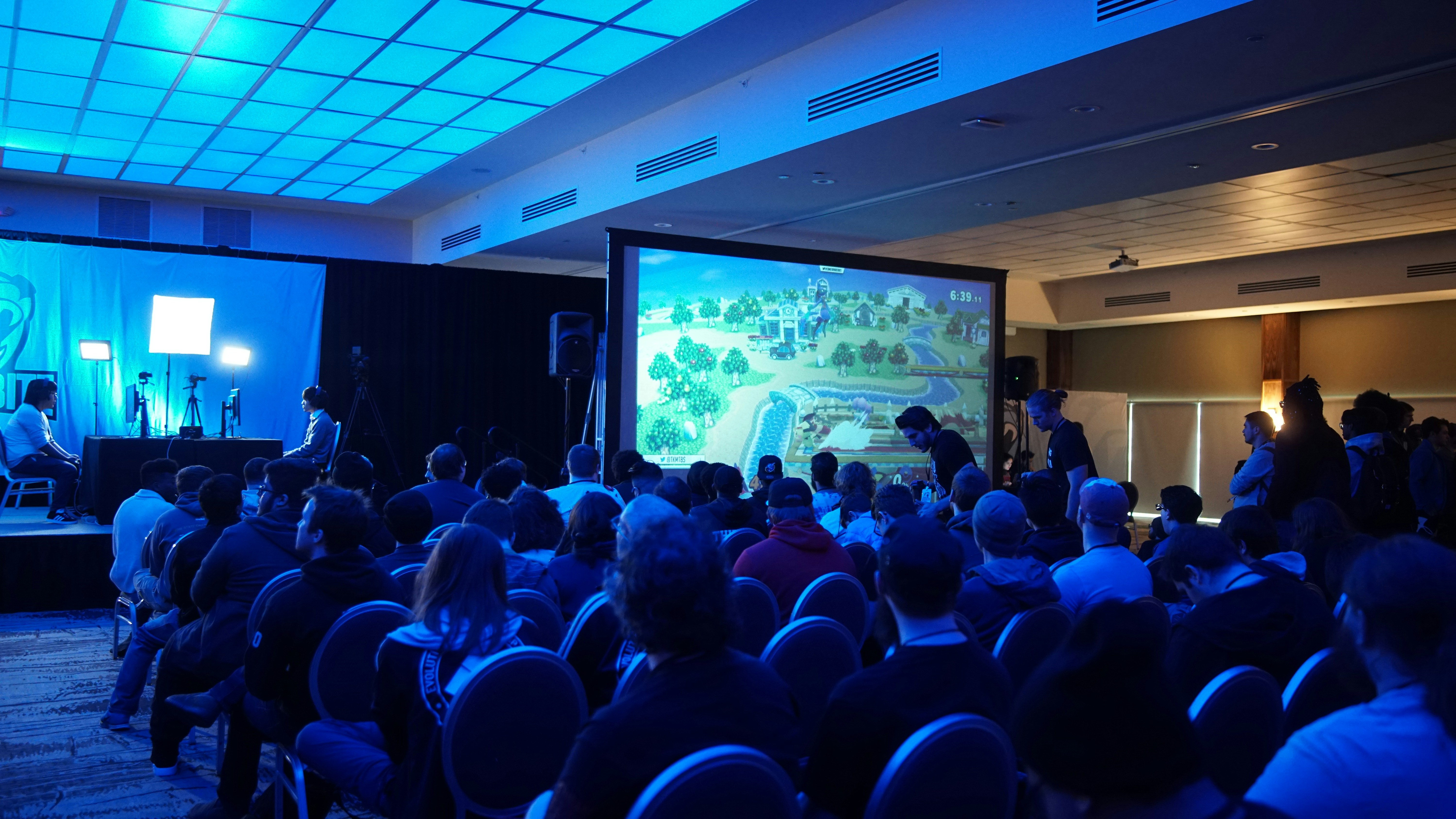Speculative BioCities
The year is 2020 and there are now 34 megacities in the world—metropoleis of more than 10 million residents. What’s more, recent projections show that global population growth combined with mass-urbanisation could add another 2.5 billion people to urban areas by 2050 (2018 Revision of World Urbanization Prospects).
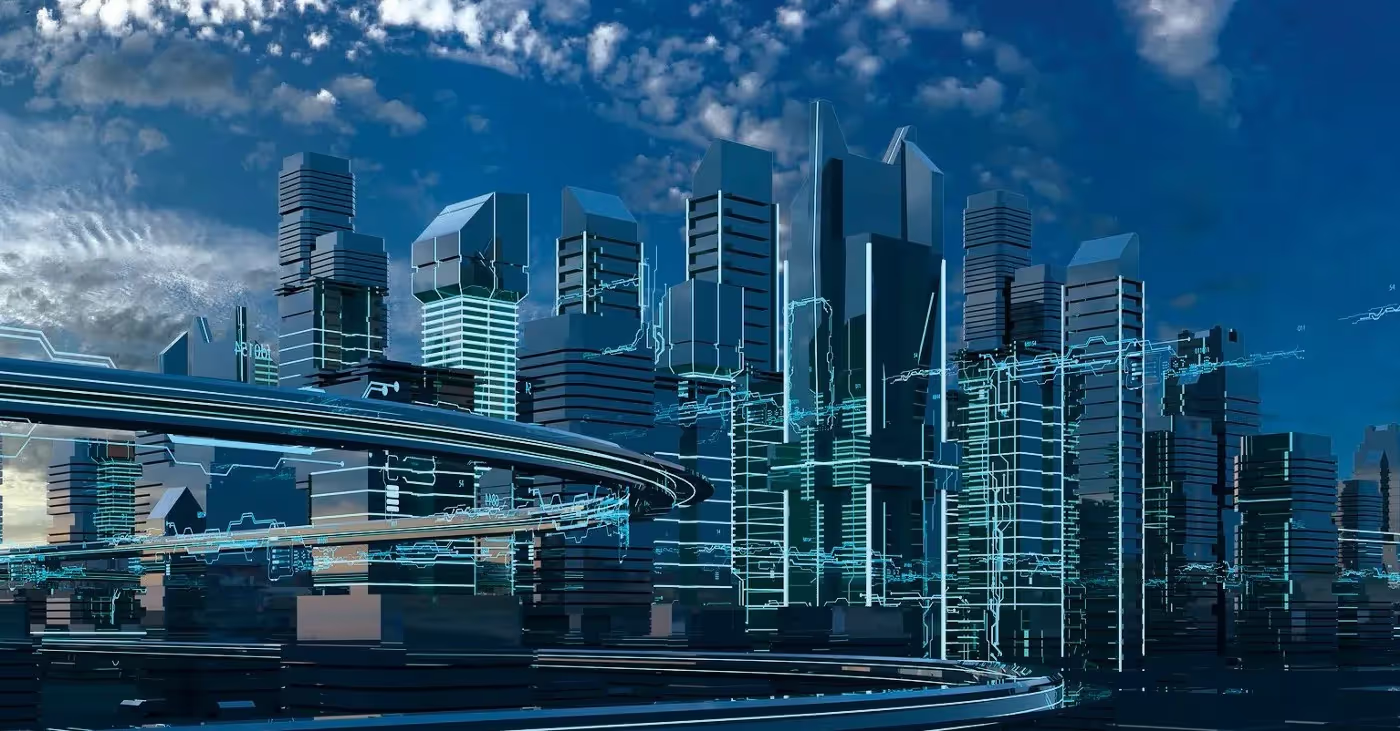
- Tokyo 37.39 million residents
- Delhi 30.29 million residents
- Shanghai 27.05 million residents
- São Paulo 22.04 million residents
- Ciudad de México (Mexico City) 21.78 million residents
- Dhaka 21 million residents
- Al-Qahirah (Cairo) 20.9 million residents
- Beijing 20.46 million residents
- Mumbai (Bombay) 20.41 million residents
- Kinki M.M.A. (Osaka) 19.16 million residents
- …
“The megacity is a reality, and it looks a lot like the cold, bleak vision of science-fiction films. Gigacities, are soon to be”, says Danish architect and urban designer Jan Gehl in The Human Scale (2012).
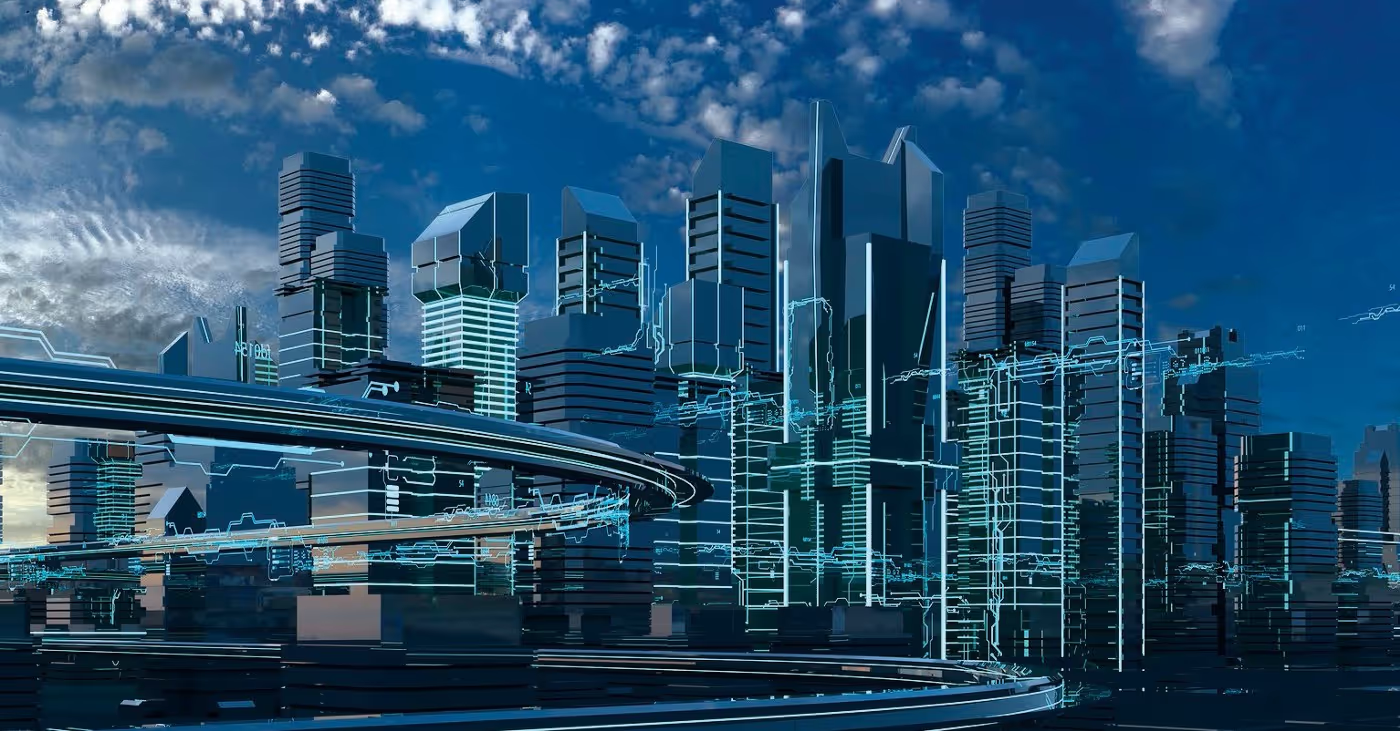
The year is 2020 and there are now 34 megacities in the world—metropoleis of more than 10 million residents. What’s more, recent projections show that global population growth combined with mass-urbanisation could add another 2.5 billion people to urban areas by 2050 (2018 Revision of World Urbanization Prospects).
Meanwhile, in the midst of the current pandemic, reality sinks in.
Whilst many fall ill or sadly, die, it is now assumed that the long-term impacts of Covid-19 will be economic and social. And despite small communities and rural areas being more at risk (per capita) than major cities, a question has emerged: is the way we design our cities to blame for the deepening of this global health crisis?
Historically, people have migrated to big cities in order to better their existence and find work. But contemporary megacity growth is predominantly focused in areas of the world with the least developed economies, such as Lagos, Nigeria, leaving millions languishing in poverty. The looming global recession—the worst economic downturn since the 1929 great depression—will put many more at risk.
With concerns for personal safety and income stability increasing, how will architects, designers and planners work together with communities to address these unprecedented challenges—nonobstant the triple climate, biodiversity and resource crisis still needing to be addressed?
Will our preference for modes of housing shift? Will we see a metropolitan exodus? Will public spaces and infrastructures be re-imagined? Will we need to commute as much? Will alternative modes of transport be favoured? And perhaps most importantly yet least discussed, how will we maintain a sense of belonging and identity amidst this world in turmoil?
Back in 2018, my colleague and I from Melbourne Speculative Futures presented Speculative Realities: Humanity’s desire to design the ideal city at SDNOW3 in Melbourne. Through five case studies—Atlantis, Lagos, Cairo, Mars Science City and The Hague—we discussed the importance of speculation when imagining future cities; and proposed to enhance the framework used by Dutch architecture firm UNStudio in their Socio-Technical City of the Future.

In addition to the economic, environmental, societal and technological futures investigated by UNStudio for this project, we proposed to add cultural identity as a key building block to city design.
Good design is contextual. Omitting the cultural identities that emanate from—and reciprocally, shape—place, results in the uninspiring and unmemorable cities we already see popping up everywhere since the start of our planetary homogenisation.
Considering place and cultural identities, however, generates relevant design propositions in terms of urban systems, architectural forms and materiality.

Cultural considerations may even promote urban propositions that help residents to cope better with situations such as Covid-19, where self-distancing and self-isolation might be needed for long periods of time. For example, should modes of housing look similar in individualist versus traditionalist cultures? And what should happen when cities inevitably become multicultural?
Cities are complex systems and addressing all the various economic, environmental, societal and cultural challenges described above whilst keeping up with advancements in technology, is a difficult task.
Bearing in mind the three pillars of sustainability — environmental, social and financial — perhaps a simpler question might be: what makes a sustainable city worth living in?
To answer this question, I developed a speculative bio-city research program combining my interests in urban, speculative and biodesign.
Bio-inspired approaches to design and fabrication—such as biophilic design, biomimicry and biodesign—offer an alternative to address climate change and regenerate our broken planet.
But whereas biophilic design and biomimicry refer to the production of materials, objects and systems either better connected with nature or inspired from biological models, biodesign provides a more contemporary, elegant and relevant answer through the use of biomaterials and living organisms as core components of the finished work.
Through this work, my objective is to integrate urban, speculative and biodesign into various ways with a focus on how architectural biodesign can help us create more resilient and regenerative cities.
We’ve heard, however, that there is less than 10 years to act before we significantly worsen the risks of drought, floods, extreme heat and poverty for hundreds of millions of people. Thus, my speculations are short-term: speculative presents or alternative nows; alternate realities (or heterotopias, as defined by Foucault) rather than prospective futures.
Before moving on to the description of actual works, let’s also acknowledge that we currently have at our disposition all the (bio-)technologies and knowledge we need in order to slow down and stabilise our changing climate.
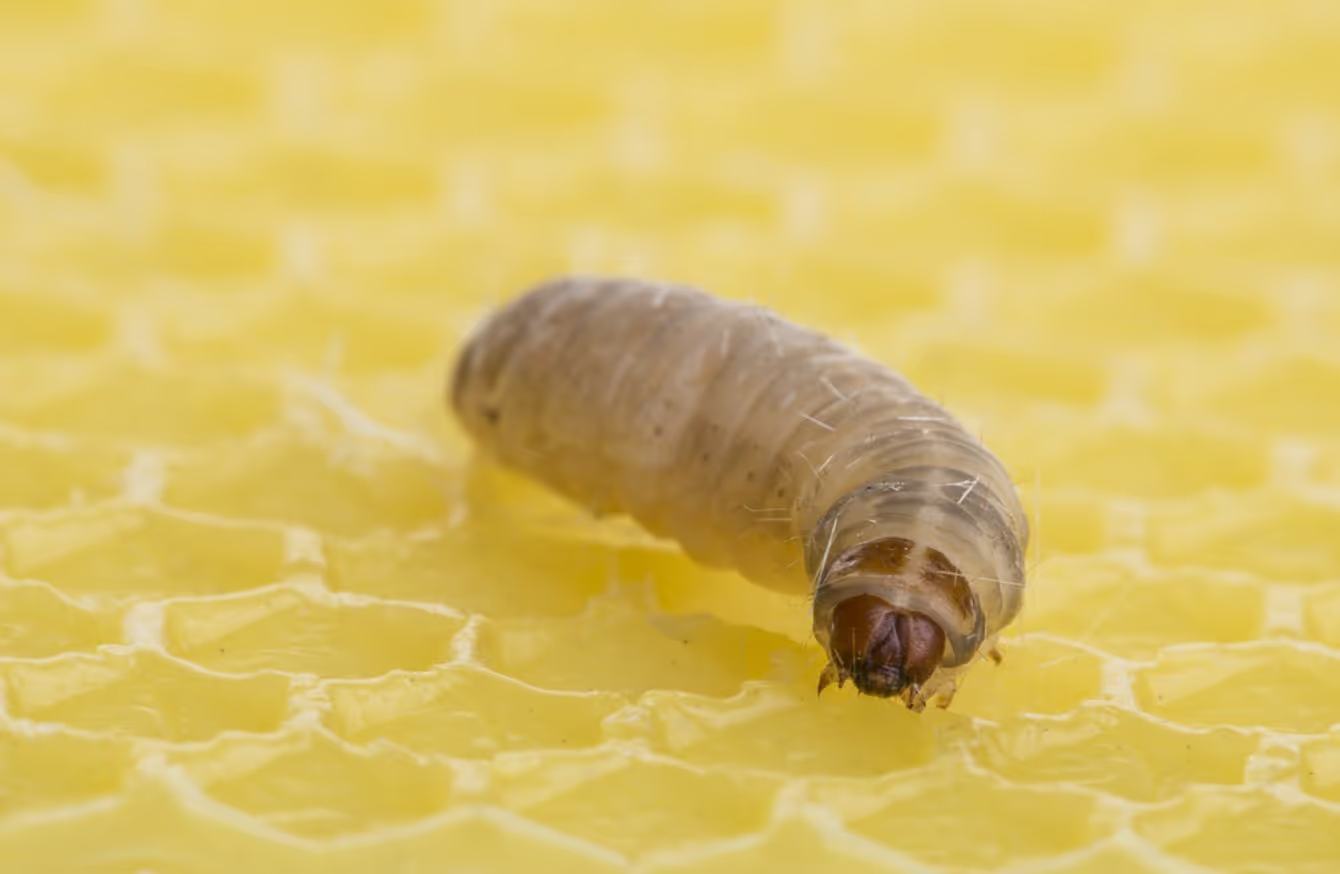
Last year, we conceptualised Symbiome — an artificial mangrove to protect Jakarta from sea floods and rising sea levels, which simultaneously desalinates and filters seawater to provide a substitute for city groundwater consumption.
More than an artificial ecosystem, Symbiome is a breakthrough architectural concept using both biomimicry and biodesign as an approach to promote mangrove regeneration in the capital megacity of Jakarta, Indonesia. If implemented at scale, it could help restore Jakarta’s marine biodiversity while proposing a new model for urban sustainable living.
Earlier this year, we presented BioCities: BioMelbourne at the NGV Melbourne Design Week 2020. BioCities: BioMelbourne is a speculative and discursive architectural response to today’s societal and environmental challenges. Designed for respect of and symbiosis with all forms of life, it shapes a new cultural narrative by remodelling and repurposing an existing tower in Melbourne’s CBD.

Overall, the architecture is designed to perform as an integrated bio-system enabling the capture, storage and on-demand recovery of solar energy. Thanks to a combination of emerging biotechnologies such as organic photovoltaic cellsand bacterial bio-batteries, the building is self-sufficient from an energy standpoint.
BioCities: BioMelbourne was also presented at MPavilion, The Capitol Theatreand discussed with host Mike Rowe in a podcast episode of The Goods.
Finally, in light of the big questions of our time detailed above and the one million animal and plant species at risk of extinction because of human activity, it is becoming increasingly important to look beyond human needs and consider the role(s) and perspectives of non-human species. Ergo, we are also working on decentering humans from the design of objects and systems—such as inner-city parks.
The Buzz proposes the creation of an Australian native bee sanctuary in the middle of Melbourne’s city parklands. More than a bee heaven, The Buzz is also a rewilding project aiming to preserve native Australian flowering plants; but also an experience designed to educate humans on the importance of pollinating species and promote empathy for their needs and behaviours. Participation is designed to elicit human behavioural change, enhancing respect of the natural systems supporting our existence and advocacy for futures in which both people and nature thrive.
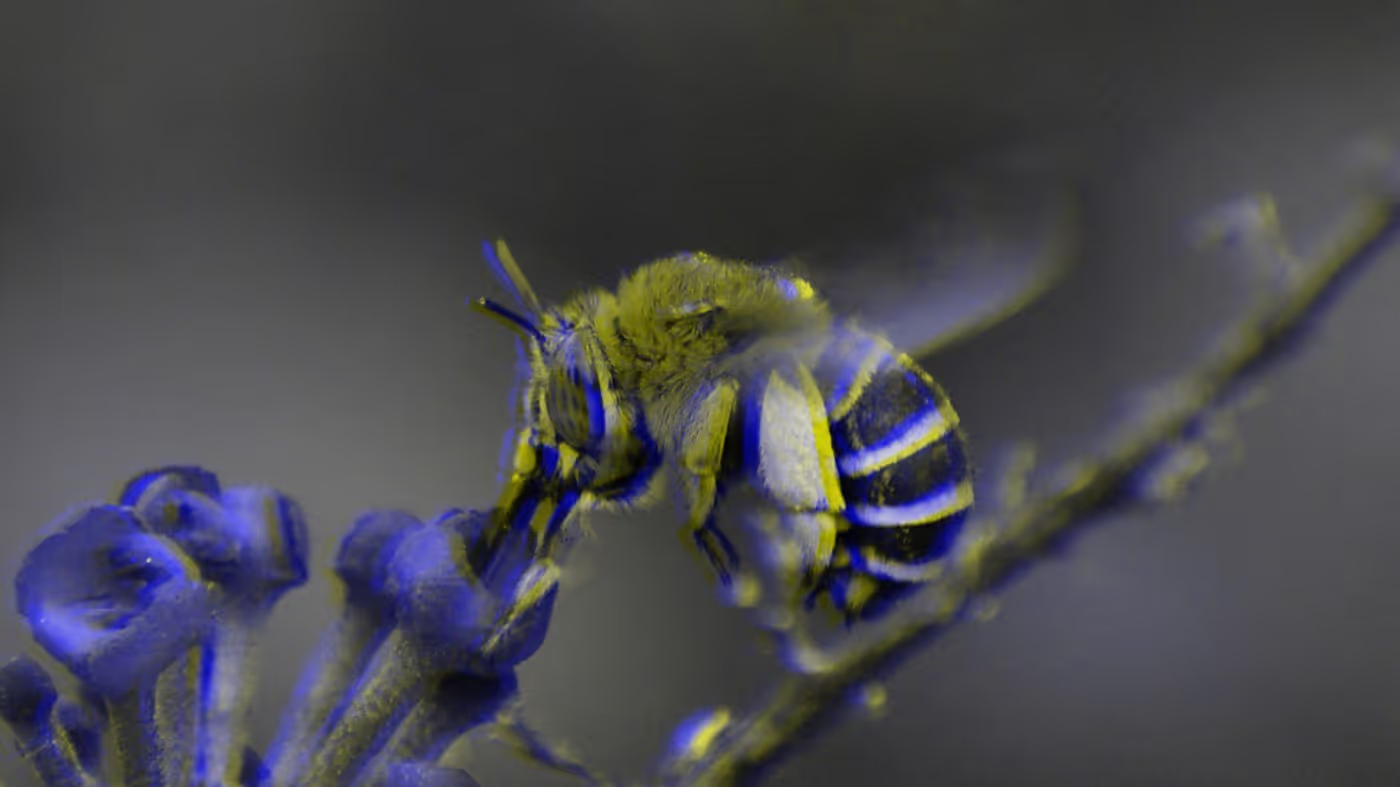
This era of pandemic demands of us innovative and progressive ideas, and speculations about the alternative. But a question remains. When the pandemic passes, will we abandon our good intentions and revert to the status quo, or will we start focusing on designing the sustainable and regenerative futures we need?
Dr Olivier Cotsaftis is a post-disciplinary designer navigating the spaces between presents, futures, fictions, and realities. At RMIT University School of Design, his research addresses socio-ecological innovation in bio-urban heterotopias. Ollie is also the founder and creative director of future ensemble studio and the co-founder of Speculative Futures Melbourne — the Melbourne Chapter of The Design Futures Initiative.
.png)

